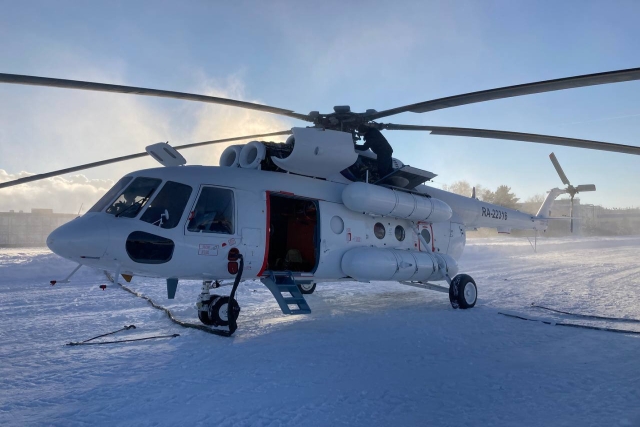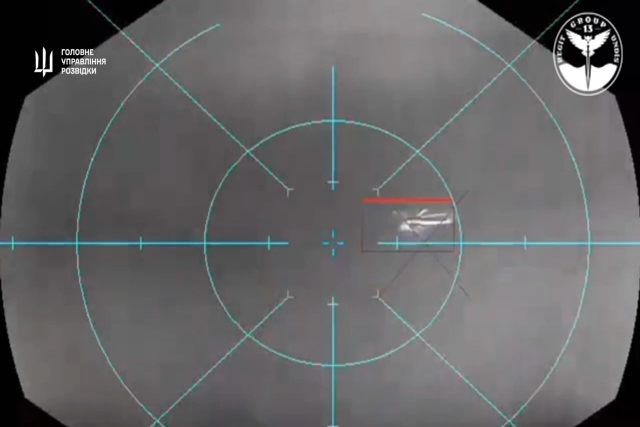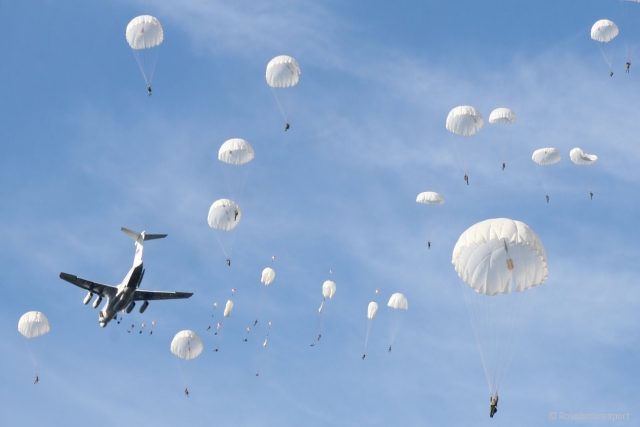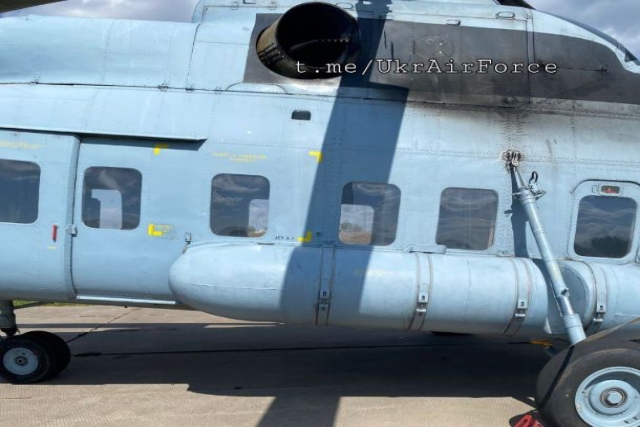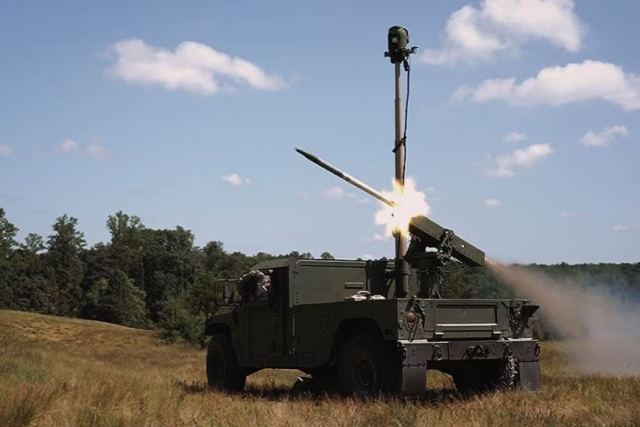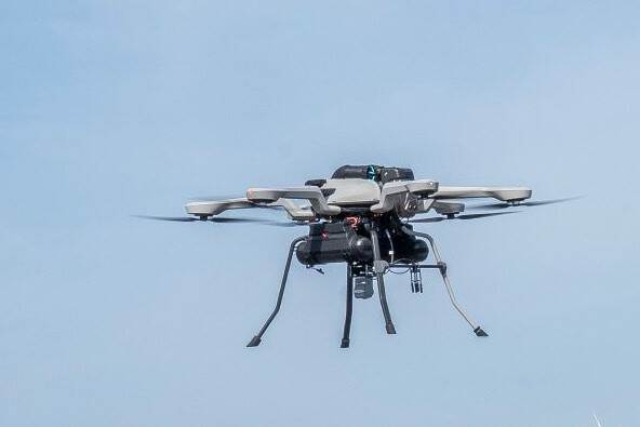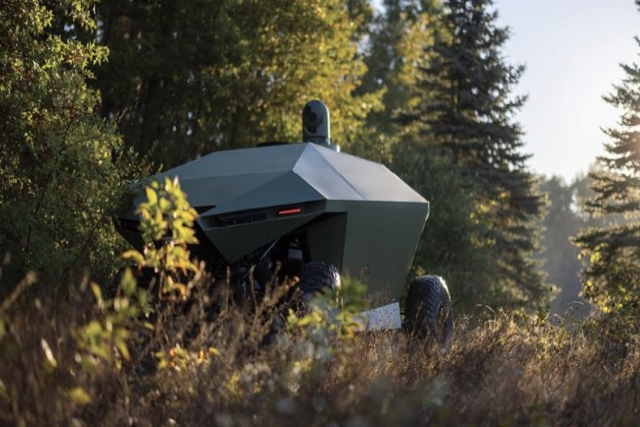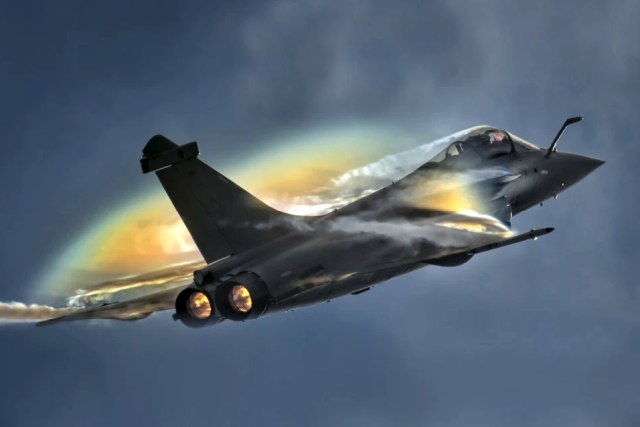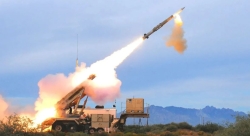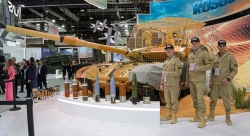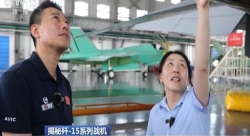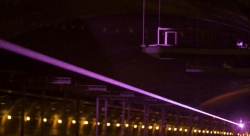Russia Planning All-New Helicopter, Mi-80 to Replace Legendary Mi-8
Mi-80 project aims to unify helicopter production lines, cut operational costs, and replace aging Mi-8 fleet by 2030
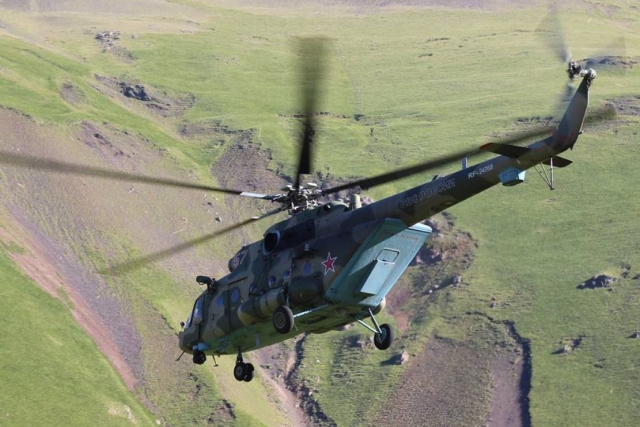
Russia is developing a next-generation multi-role helicopter, the Mi-80, to replace its aging Mi-8 and Mi-17 fleets.
This is according to Russian publication Business Online.
The project is part of a wider effort by the Russian Helicopters state corporation to reorganize helicopter manufacturing by shifting both the Kazan Helicopter Plant and the Ulan-Ude Aviation Plant to produce a single platform.
Currently, both facilities produce different versions of the Mi-8 family (Mi-17, Mi-171, Mi-172) with similar roles but significant design differences. Helicopters built at each site are not fully interchangeable, causing serious disunification across spare parts and maintenance.
“According to the catalog, a helicopter has 40,000 spare parts, and if half of them are irreplaceable, then everything becomes very complicated,” a source told Business Online. “Structures that operate the same type of products from the KVZ and UUAZ plants are forced to keep two repair funds, and the technical staff must know the nuances of servicing machines that differ.”
The issue became more critical after the expanded use of army aviation in the Russia–Ukraine war.
Mi-171A3 Reworked Into New Mi-80
The Mi-80 will be based on the Mi-171A3, which first flew in July 2022. However, that model, developed for specific tasks, proved unsuitable for broader use due to high costs and limited range.
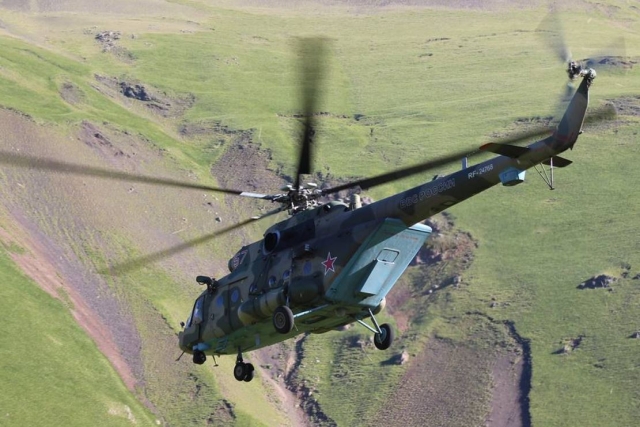
A pilot quoted in the report said, “From the crew’s point of view, it’s a great machine, but we need range. The Mi-8MTV carries 22 passengers for 900 kilometers, while the Mi-171A3 carries the same number for only 450.”
The Mi-80 will incorporate simplified electronics, new rotor blades, more powerful engines, and an increased take-off weight of up to 14 tons. These changes aim to improve performance and reduce cost.
Standardizing Production to End Longstanding Issues
Efforts to unify production date back to the early 2000s but stalled due to internal resistance at the plants and reluctance to adapt to competitors’ designs. The only viable solution now is to a joint switch to a new helicopter at both sites, the report said.
The Mi-80 is expected to address this by becoming the standard model produced in Kazan and Ulan-Ude, replacing the Mi-8 family entirely.
The project is still at the technical specification stage, and funding remains uncertain. Development is expected to take at least five years, with full fleet replacement targeted by 2030.
